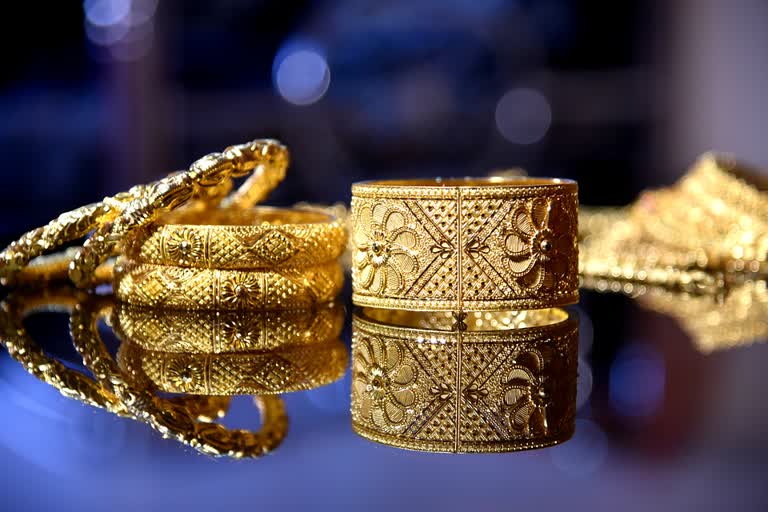New Delhi: India is not only a land of festivals but also of weddings. There were 21 auspicious wedding days in the Hindu calendar during the first quarter of 2019, three times more than in the year-ago period, and the World Gold Council considers it a crucial factor that drove the demand for the yellow metal globally.
The lure of the yellow metal is ancient, and going by demand trends it only seems to grow. Not surprisingly, many jewellers in metros reported far better footfalls on the auspicious Akshaya Tritiya festival on May 7, with some of them reporting 25 per cent jump in sales.
While the investment market has evolved over the decades and dozens of new instruments have been introduced, gold, however, perhaps remains the preferred one.
"Gold has been a traditional indicator of wealth. There is a cultural aspect to this. But as regards investment instrument too, it has always given stable return," said Riaz Thingna, director, Grant Thornton Advisory.
"If you compare it with other investments such as fixed deposits or debentures, not necessarily real estate and stocks, gold has been safe. That is mainly because of high internal demand."
Thingna noted that, unlike investment in properties, even small amounts can be invested in gold making it a preferred choice in rural India.
In its report on gold demand trends in the January-March period of 2019, the World Gold Council said that wedding purchases and lower prices lifted Indian gold jewellery demand to 125.4 tonnes, or by 5 per cent, year-on-year.
Given that gold is considered a part of social security, most Indians aspire to keep a certain part of their savings in gold. It is an essential part of most religious ceremonies and weddings in the family. As gifting gold is the core of marriage rituals, weddings are estimated to generate nearly 50 per cent demand for the precious metal.
Many experts believe that while gold would continue to be an essential part of marriage rituals, it would fade as an investment instrument over a longer period of time.
